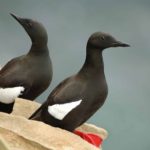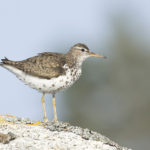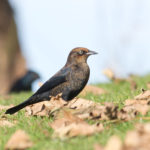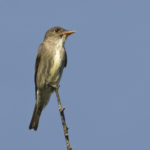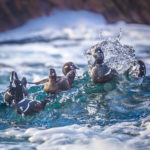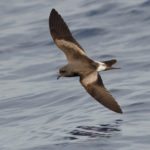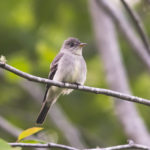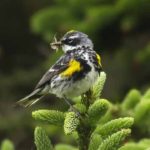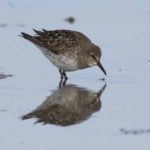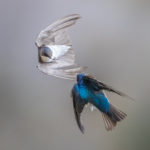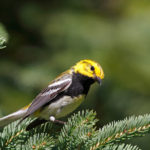Seal Island – a Wondrous Foggy Isle
“…a place, remote, beautiful in a special way; an island that has unparalled fascination for those interested in oceanic islands, unusual plants, lobster eating, shipwrecks and, above all, birds.” ~L.B. MacPherson, A Wondrous Foggy Isle, 1980
At the extreme southwest of the province lies Seal Island – a large, remote and wild island. Its pristine habitats, including stunted, mossy forest, salt marsh, bog and barachois pond, rocky shore, sandy beach and grass dunes play host to tens of thousands of birds annually on their migratory journey.
A dot in the Atlantic, Seal Island is the outermost of the Tusket Islands, sitting 32 km to the west of Clarks Harbour, Cape Sable Island and 42 km southwards from Yarmouth. Not quite the most southern land in Nova Scotia (Cape Sable Island stretches south a further 250 m), it is certainly is ‘far off’ and one of the more remote places in the province.
The island is also home to a rich history and culture. Although year-round habitation ended in the 1990s, it is still used seasonally by fishermen, birders, and many local families who have been connected to the island for generations.
One of the most important islands for migratory birds in Atlantic Canada – protected, forever.
Thanks to unprecedented support through the 2019 Lasting Landscapes campaign, 650 acres – over 80% of the island – is permanently protected by the Nova Scotia Nature Trust, ensuring the ‘wonderous foggy isle’ remains wild and beautiful.
Over 330 species have been recorded on Seal Island, using it for breeding, overwintering, migration or storm shelter. Recorded species include over 20 nationally and provincially-designated bird species at risk such as Roseate Tern, Harlequin Duck, Canada Warbler, Rusty Blackbird, Red Knot, and Barn Swallow. Other birds of conservation concern have been sighted on the island, including Common Eider, Leach’s Storm-petrel, and Atlantic Puffin.
Located strategically on a major migration path called the Atlantic Flyway, the island acts like a migrant trap, drawing in birds from across a vast swath of ocean. As far west and south as you can go and still be in Nova Scotia, the island is the last stopover before a long open ocean flight south, providing a critical place to refuel and replenish.
Astounding numbers of birds have been recorded during migration. Single day reports, for example, include more than 5000 American Robins, 1100 White-throated Sparrows, 1000 Palm Warblers and over 500 raptors.
Seal Island also provides refuge for rarely seen exotic visitors to Nova Scotia, birds blown far off course during major storms. Birders thrill to discover rarities like Fork-tailed Flycatcher, Cave Swallow, Magnificent Frigate bird, and Warblers like Blue-winged and Golden-winged Warbler.
Records confirming the island’s significance for birds date back to lighthouse keeper notes from the early 1900s, with strong birding presence by the Nova Scotia Bird Society since 1963 and research and monitoring by the Acadia University’s Atlantic Bird Observatory since 1995.
Learn more about our work on Seal Island
THANKS AND APPRECIATION
Special thanks to all the Lasting Landscape donors for their support of this exciting project and to the members of the local community for their input, knowledge and warm welcome!
Major Project Supporters
- This project was undertaken with the financial support of the Government of Canada through the federal Department of Environment and Climate Change
- Nova Scotia Crown Share Land Legacy Trust

